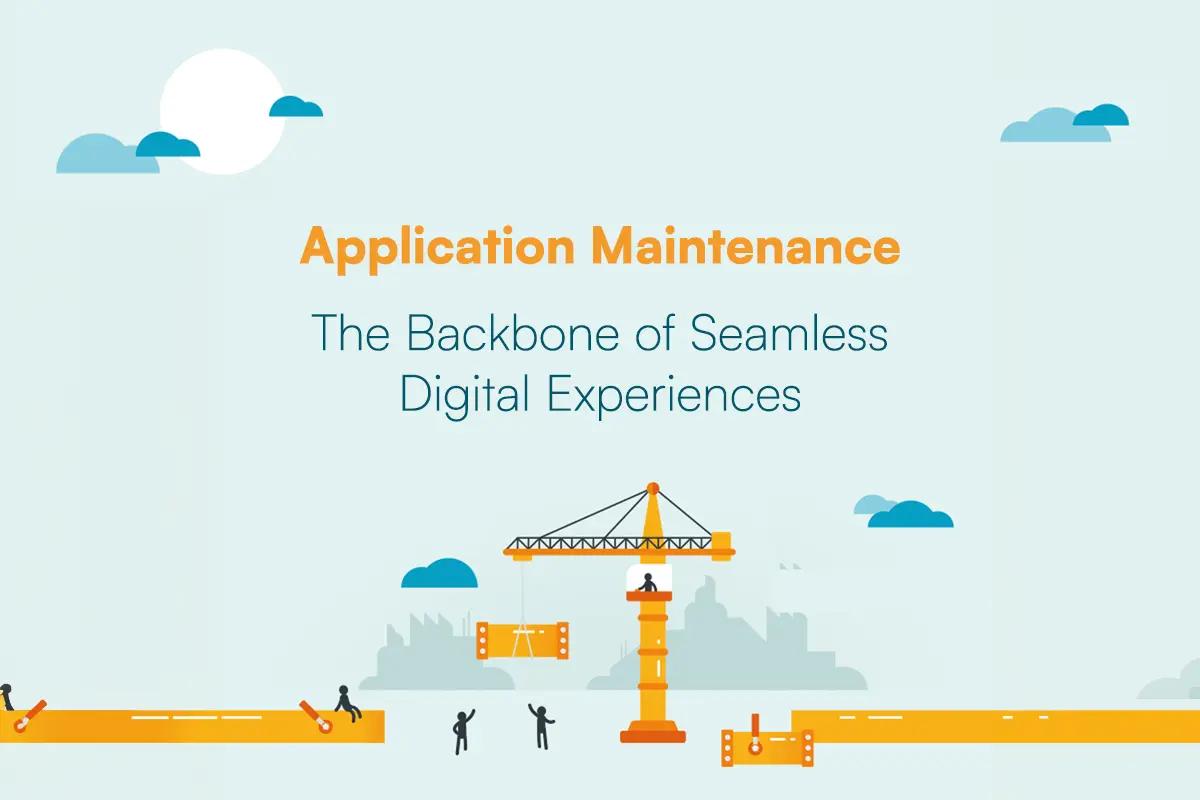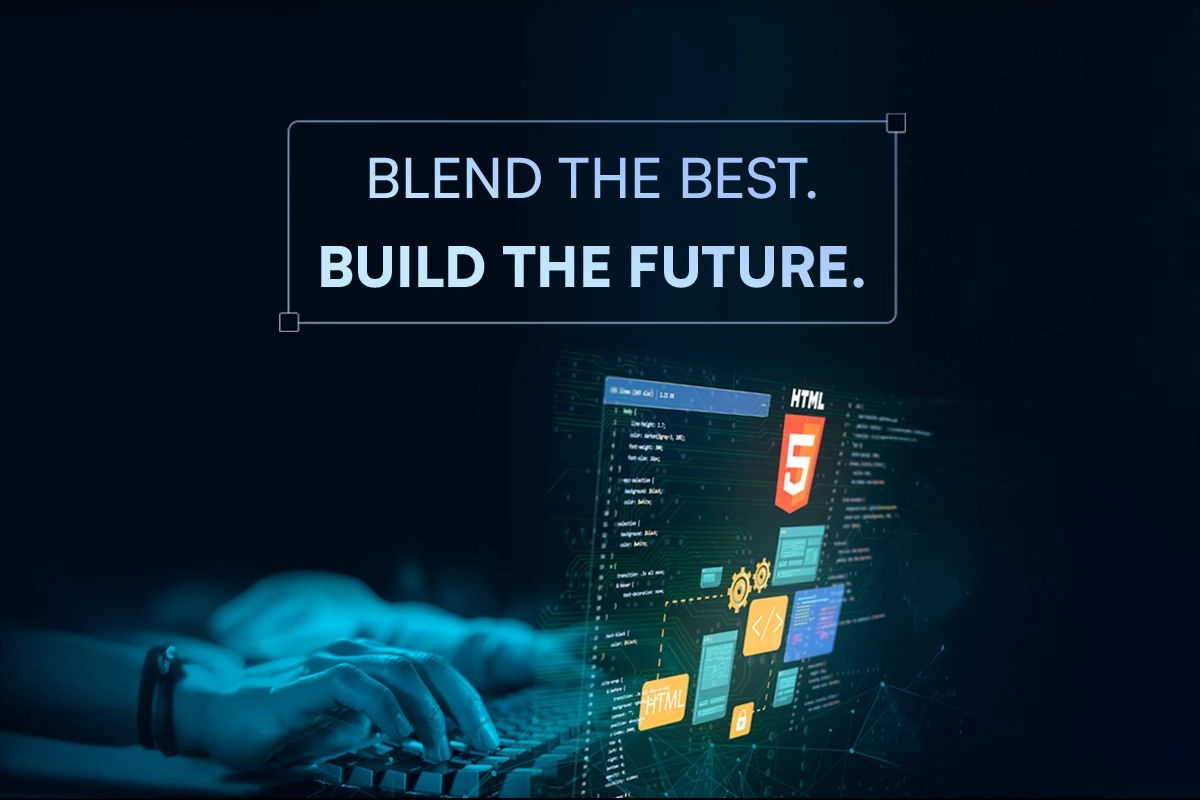The Secret Ingredient to App Excellence: Understanding Application Maintenance

Why Application Maintenance is Crucial for IT Industries
In the fast-paced world of IT, applications are the lifeblood of businesses. They streamline operations, optimize tasks, and drive growth. But just like a high-performance car, applications need constant care and maintenance to remain efficient and relevant. This is where application maintenance comes in, playing a critical role in the success of any IT enterprise.
Key Aspects of Application Maintenance:
Think of application maintenance as more than just swatting bugs and putting out fires. It’s a comprehensive approach that encompasses:
- Performance Optimization: Analyzing and improving application speed, responsiveness, and resource utilization.
As user bases grow and data volumes increase, applications may experience performance bottlenecks. Application maintenance and Support Services includes monitoring and optimizing performance to enhance responsiveness and user experience. This ensures that the application continues to meet or exceed performance expectations.
- Security Updates: Patching vulnerabilities, implementing new security measures, and complying with evolving regulations.
Cyber threats are ever-evolving, and application vulnerabilities can pose significant risks to organizations. Regular maintenance involves implementing security patches, updates, and best practices to fortify the application against potential security breaches. This is crucial in safeguarding sensitive data and maintaining the trust of users.
- Feature Enhancements: Adding new functionalities based on user feedback and evolving business needs.
Business needs evolve, and applications must evolve with them. Regular maintenance allows for the incorporation of new features, improvements, and upgrades to keep the application aligned with the organization’s strategic objectives. This adaptability is essential for maintaining a competitive edge in the market.
- Technical Support: Providing timely and effective assistance to users experiencing issues within SLA.
- System Integration: Ensuring seamless integration with other applications and platforms.
- Data Management: Maintaining data integrity, quality, and security. It is important that data is backed up regularly and checked for data recovery at regular intervals.
- Updates and Enhancements: Technology is dynamic, and user expectations evolve over time. Application maintenance addresses these changes by incorporating updates and enhancements to keep the software relevant, competitive, and aligned with business objectives.
- Adaptation to Technological Changes: The IT landscape witnesses continuous technological advancements. Application maintenance ensures that existing applications can adapt to and leverage new technologies. This adaptability is essential for businesses to stay competitive and capitalize on emerging trends, such as cloud computing, artificial intelligence, and the Internet of Things (IoT).
Benefits of Investing in Application Maintenance:
A robust application maintenance strategy delivers a multitude of benefits, including:
- Enhanced User Experience: Smooth performance, improved features, and reduced downtime translate to happier users and increased productivity. Applications that are consistently reliable, secure, and performant contribute to a positive user experience. Satisfied users are more likely to remain loyal and recommend the application to others, fostering business growth.
- Reduced Costs: Proactive maintenance prevents costly problems later, minimizing expenses associated with bug fixes, downtime, and data loss. Proactively addressing issues through regular maintenance can prevent major disruptions that may lead to costly downtime. Fixing bugs and optimizing performance early on is more cost-effective than dealing with the aftermath of a system failure.
- Competitive Advantage: Keeping applications up-to-date ensures they remain current with industry trends and user expectations, fostering innovation and leading the way.
- Improved Security: Regular updates and patches close security gaps, mitigating risks and protecting valuable data.
- Extended Application Lifespan: By addressing issues early and adapting to changing needs, businesses can extend the lifespan of their applications, maximizing their return on investment.
- Long-Term Viability: Applications that receive regular maintenance are better equipped to stand the test of time. They can adapt to changing business landscapes, technological trends, and customer expectations, ensuring long-term viability and relevance.
Different types of Applications Maintenance:
- Corrective Maintenance: Corrective Maintenance stands out as a crucial type that focuses on identifying, diagnosing, and rectifying issues that arise in software applications after deployment. This form of maintenance is reactive, responding to problems reported by users or identified through monitoring systems. In this blog, we delve into the nuances of Corrective Maintenance and its significance in ensuring the reliability and functionality of software applications.
- Adaptive Maintenance: Adaptive Maintenance is a proactive type of software maintenance that involves modifying an application to accommodate changes in its environment, ensuring its continued functionality and relevance. This type of maintenance is not triggered by identified issues or defects, but rather by the need to adapt to external changes or advancements.
- Perfective Maintenance: Perfective Maintenance, often referred to as “enhancement maintenance,” focuses on refining and augmenting software applications to meet evolving user expectations, business requirements, and industry standards. Unlike corrective maintenance, which addresses identified issues, and adaptive maintenance, which adapts to external changes, perfective maintenance is driven by the desire to elevate the software to a higher standard.
- Preventive Maintenance: Preventive Maintenance is a proactive and systematic approach aimed at identifying and addressing potential issues before they manifest into critical problems. In the context of software, it involves activities that anticipate, detect, and mitigate potential risks and vulnerabilities.
Strategies for Effective Application Maintenance:
- Adopt a Proactive Approach: Don’t wait for problems to arise. Utilize monitoring tools and analytics to identify and address potential issues before they impact users.
- Implement Agile Methodologies: Break down larger projects into smaller, manageable iterations, enabling faster adaptation and continuous improvement.
- Prioritize User Feedback: Actively listen to user feedback and incorporate it into maintenance plans to ensure the application remains relevant and valuable.
- Invest in Automation: Leverage automation tools for repetitive tasks like bug patching and security updates, freeing up resources for more strategic initiatives.
- Build a Strong Support Team: Ensure you have a skilled and dedicated team with the expertise to handle the diverse challenges of application maintenance.
Final Thoughts:
Application maintenance is not a luxury in the IT world; it’s a necessity. By prioritizing efficient and comprehensive maintenance, businesses can ensure their applications remain the engines driving their success, delivering value to users, and safeguarding their competitive edge in the ever-evolving digital landscape. Remember, a well-maintained application is a happy application, and happy applications translate to happy users and thriving businesses.






